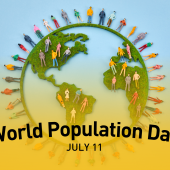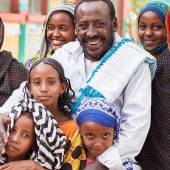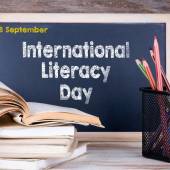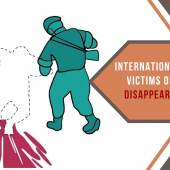International Day of Women and Girls in Science
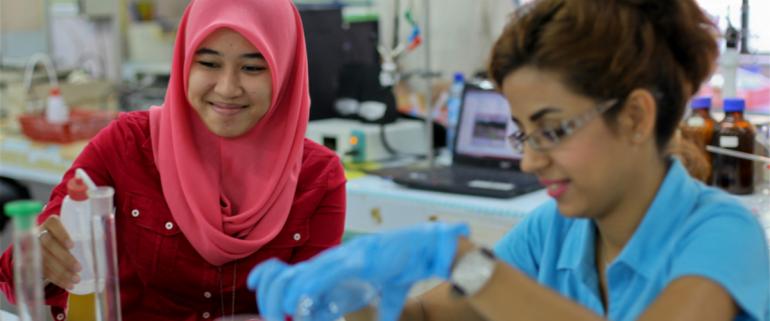
“To rise to the challenges of the 21st century, we need to harness our full potential. That requires dismantling gender stereotypes. On this International Day of Women and Girls in Science, let’s pledge to end the gender imbalance in science.”
Science and gender equality are both vital for the achievement of internationally agreed development goals. It includes the 2030 Agenda for Sustainable Development.
Over the past 15 years, the global community has made a lot of effort in inspiring and engaging women and girls in science. Yet women and girls continue to be excluded from participating fully in science.
At present, less than 30 percent of researchers worldwide are women. According to UNESCO data (2014 - 2016), only about 30 percent of all female students select STEM-related fields in higher education.
Globally, female students’ enrollment is particularly low in ICT (3 percent), natural science, mathematics and statistics (5 percent) and in engineering, manufacturing and construction (8 percent).
Long-standing biases and gender stereotypes are steering girls and women away from science related fields.
As in the real world, the world on screen reflects similar biases—the 2015 Gender Bias Without Borders study by the Geena Davis Institute showed that of the onscreen characters with an identifiable STEM job, only 12 percent were women.
In order to achieve full and equal access to and participation in science for women and girls, and further achieve gender equality and the empowerment of women and girls, the United Nations General Assembly adopted resolution A/RES/70/212 declaring February 11 as the International Day of Women and Girls in Science.
Radio Veritas Asia (RVA), a media platform of the Catholic Church, aims to share Christ. RVA started in 1969 as a continental Catholic radio station to serve Asian countries in their respective local language, thus earning the tag “the Voice of Asian Christianity.” Responding to the emerging context, RVA embraced media platforms to connect with the global Asian audience via its 21 language websites and various social media platforms.









